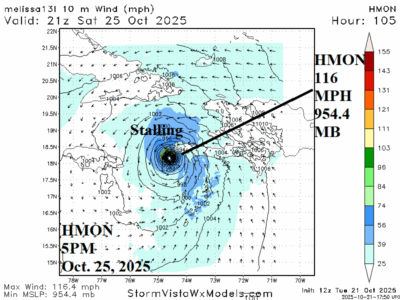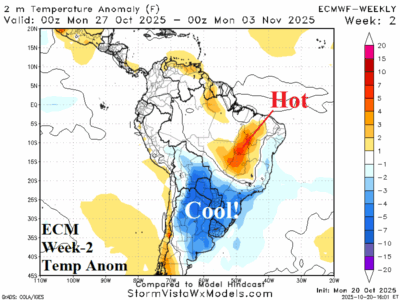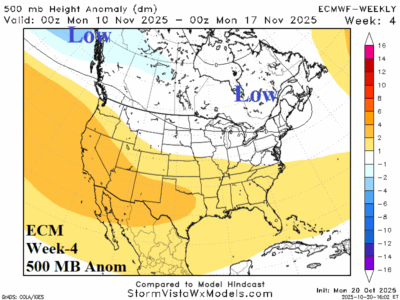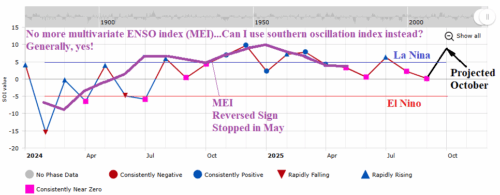10/21/2025, 4:38 pm EDT
Upper shear is inhibiting development. However, once an organized inner core has formed, given the 86F/30C SST which is 1-2C warmer than normal and 3rd warmest upper ocean heat on record for the Caribbean Sea, there is potential for rapid intensification (RI) as early as Thursday (HWRF) or later this week (HMON) to a strong category-2 hurricane or category-3 major hurricane.




